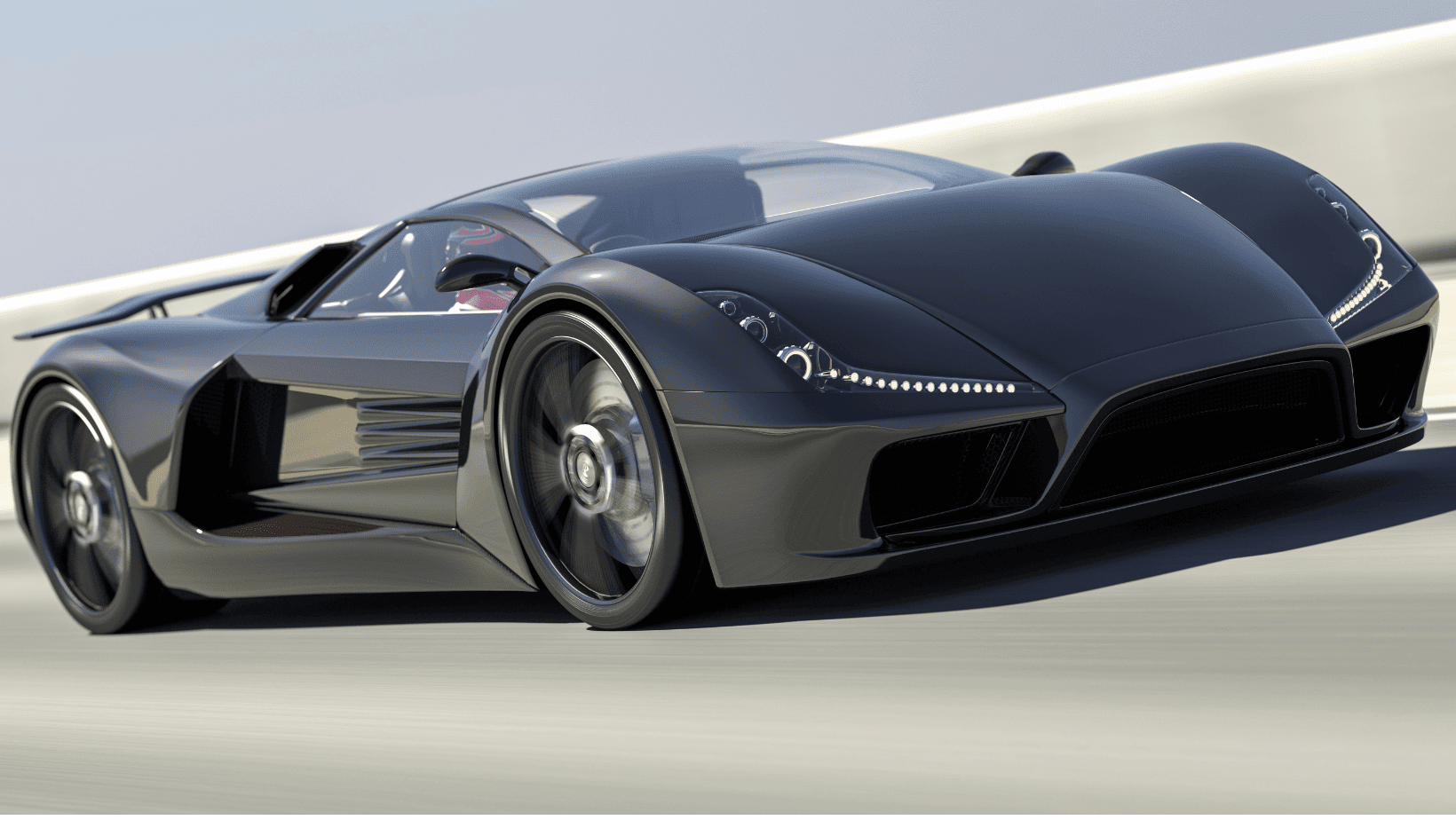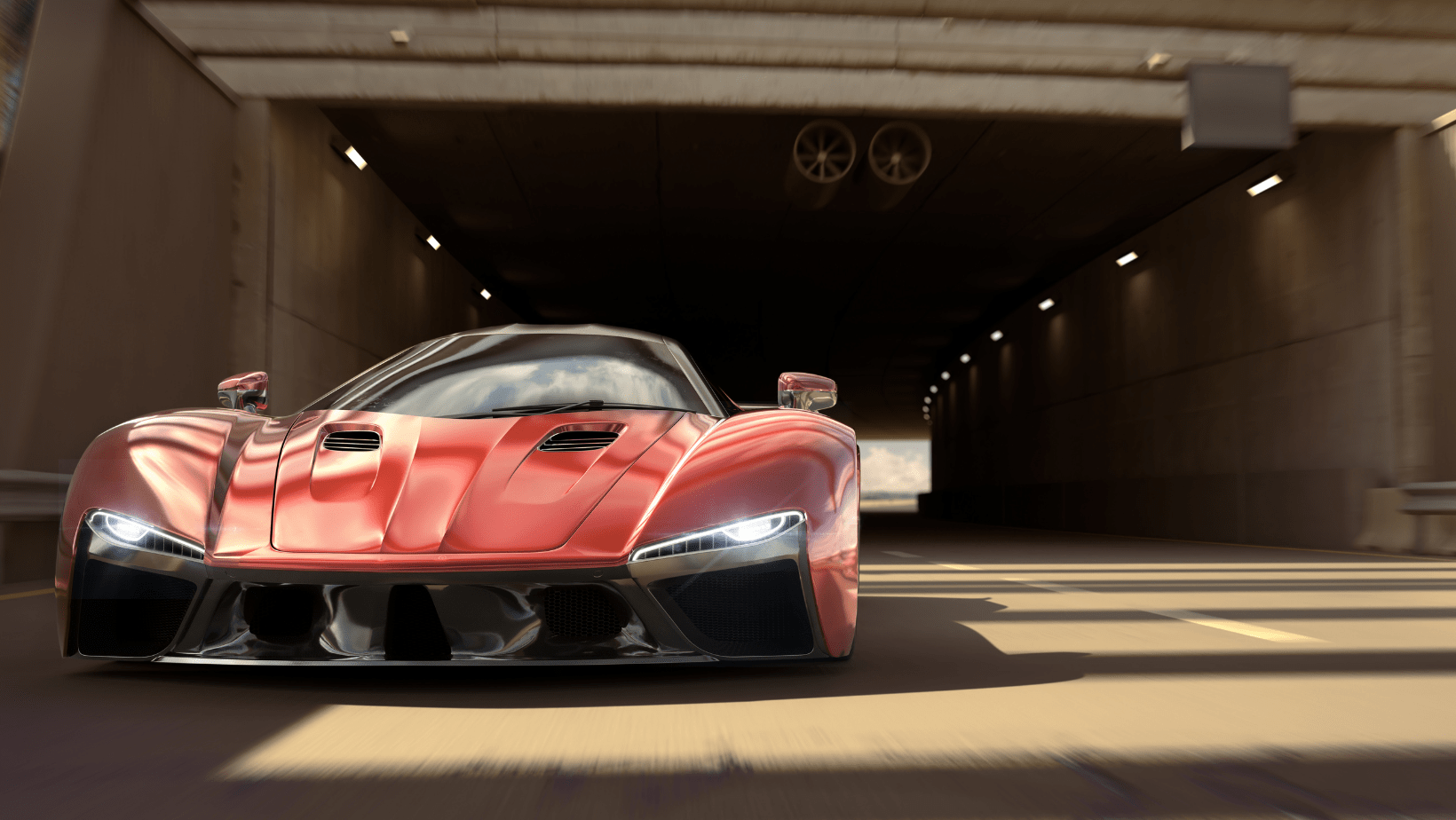Unveiling the Potential of Vortex Generators usage
Vortex generators usage is a cutting-edge addition to the world of automotive aerodynamics. These small, yet impactful devices are strategically placed on a vehicle’s exterior to control airflow, reduce aerodynamic drag, and enhance downforce. This results in improved vehicle stability and fuel efficiency, making them a coveted upgrade for performance enthusiasts and eco-conscious drivers alike.
Key Takeaways
| Aspect | Details |
|---|---|
| Function | Vortex generators improve aerodynamic efficiency by managing airflow over the vehicle body. |
| Benefits | Enhanced stability, reduced drag, and improved fuel efficiency. |
| Types | Various designs cater to different vehicle models and performance needs. |
| Installation | Strategic placement for optimal performance, often on the roof near the rear. |
| Compatibility | Suitable for a wide range of vehicles, from sedans to sports cars. |
| Maintenance | Minimal; primarily involves regular checks for damage or detachment. |
Understanding the Science Behind Vortex Generators Usage
The principle of vortex generators lies in their ability to create vortices – swirling patterns of air – which combat the separation of airflow from the vehicle’s surface. This separation is a primary contributor to aerodynamic drag. By maintaining closer contact between the air and the vehicle, vortex generators help in smoothing the airflow, thereby reducing drag and turbulence.

Design Variations: One Size Does Not Fit All
Vortex generators come in various shapes and sizes, tailored to meet the specific aerodynamic needs of different vehicles. The most common design resembles small fins or tabs, which are usually placed on the roof near the rear of the vehicle. The exact placement and orientation are crucial for their effectiveness and vary depending on the vehicle’s design and intended use.
The Benefits: Beyond Just Speed
While vortex generators are often associated with high-speed performance vehicles, their benefits extend to everyday driving as well:
- Improved Stability: By managing airflow, they enhance the vehicle’s stability, particularly at higher speeds.
- Fuel Efficiency: Reduced drag means less energy (fuel) is required to maintain speed.
- Versatility: They are effective on a wide range of vehicles, not just sports cars.
Installation and Compatibility: A Universal Upgrade
Installing vortex generators is relatively straightforward, but it requires precision. They are typically adhered to the vehicle’s exterior using automotive-grade adhesives. While they are most commonly seen on sports cars, their benefits can be harnessed on almost any vehicle, including sedans and hatchbacks.

Vortex Generator usage and Oil Dynamics
Vortex generators also play a subtle role in vehicle maintenance, particularly in oil dynamics. By enhancing aerodynamic efficiency, they indirectly influence engine performance and, consequently, oil usage. Understanding oil dynamics, such as the importance of oil and lubrication upgrades, is crucial for anyone interested in automotive performance.
Linking Aerodynamics and Oil Performance
The interplay between aerodynamics and engine performance underscores the importance of using the right oil. For instance, the science behind motor oil mixing provides insights into how various oil types can impact engine efficiency, which is closely tied to the aerodynamic performance of a vehicle.
Next Steps: Harnessing the Full Potential of Your Vehicle
To fully benefit from vortex generators, it’s essential to consider other aspects of vehicle performance. For detailed guidance, exploring oil viscosity and choosing the right oil type can be instrumental in ensuring that your vehicle operates at its peak.
The Bigger Picture: Aerodynamics and Performance
Vortex generators are just one piece of the aerodynamics puzzle. For a broader understanding of how aerodynamics influence car performance, delve into topics like the basics of car aerodynamics and the benefits of rear spoilers.
Advanced Integration: Vortex Generators and Engine Health
Impact on Engine Longevity
While vortex generators primarily affect the external aerodynamics of a vehicle, their influence extends to engine health and longevity. By contributing to a more stable and efficient driving experience, they indirectly reduce the mechanical strain on the engine. This, in turn, can prolong the engine’s lifespan, emphasizing the importance of regular maintenance, such as timely oil changes.
Synergy with Oil Types
The type of oil used in a vehicle can also impact its aerodynamic performance. For example, the use of synthetic oil can enhance engine efficiency, which complements the aerodynamic improvements brought about by vortex generators. It’s a synergistic relationship that savvy car owners can leverage for optimal performance.
Maximizing the Benefits: Maintenance and Regular Upkeep
Routine Checks for Vortex Generators
To ensure that vortex generators continue to provide their aerodynamic benefits, regular inspections are crucial. This includes checking for any signs of damage, detachment, or wear and tear. Consistent maintenance aligns with the overarching theme of vehicle care, such as understanding the optimal intervals for SUVs’ oil changes.

Adapting to Vehicle Mileage
As vehicles age, their aerodynamic characteristics can change. This makes it important to adapt upgrades like vortex generators to the vehicle’s evolving needs. For high-mileage vehicles, integrating these aerodynamic tools with appropriate oil change practices, as discussed in high mileage vehicle oil changes, can ensure continued performance and efficiency.
Driving Habits and Aerodynamic Efficiency
The effectiveness of vortex generators can also be influenced by driving habits. Aggressive driving or frequent high-speed travel can impact their efficiency and durability. Car owners should consider this interplay, as explored in the context of oil change intervals and driving habits.
Embracing the Cold: Vortex Generators in Diverse Climates
Performance in Cold Climates
Vortex generators are effective in various climates, including cold environments. However, the type of oil used can affect the vehicle’s overall aerodynamic performance in these conditions. For instance, selecting the right oil type for cold climates can enhance the benefits of vortex generators during winter months.
Diesel Engines and Aerodynamic Additions
Owners of diesel vehicles, such as trucks and SUVs, can also benefit from vortex generators. The aerodynamic improvements complement the specific oil requirements of diesel engines, as detailed in diesel engine oil types.
Vortex brands
| Brand | Model | Key Features |
|---|---|---|
| Mitsubishi | Lancer Evolution | OEM quality, specific to Lancer Evolution models |
| Subaru | Impreza WRX/STI | Designed for Impreza models, enhances downforce |
| Rexpeed | Universal | Universal fit, carbon fiber construction |
| APR Performance | Universal | Adjustable, carbon fiber, aerodynamic efficiency |
| SARD | Racing Series | Racing-oriented, high-quality material, performance-focused |
| Voltex | Race-Specific | Tailored for racing vehicles, enhances stability at high speeds |
| Perrin | Subaru Specific | Optimized for Subaru models, easy installation |
| Seibon | Carbon Series | Carbon fiber, lightweight, aesthetic appeal |
Conclusion: Elevating Your Vehicle with Vortex Generators Usage
Vortex generators are more than just a performance-enhancing accessory; they are a testament to the intricate relationship between aerodynamics and overall vehicle health. By understanding and leveraging this relationship, car owners can significantly enhance their driving experience, reduce fuel consumption, and prolong the life of their vehicle.
For those looking to explore further into the world of car tuning and aerodynamics, the category of aerodynamic enhancements for cars offers a wealth of information. Whether it’s the impact of side skirts or exploring the front splitter advantages, there’s a plethora of insights available for the curious and enthusiastic car owner.
In summary, vortex generators are a valuable, versatile, and effective tool for enhancing a vehicle’s aerodynamic performance. Their integration with various aspects of vehicle maintenance and care, particularly in the realm of oil dynamics, underscores the holistic approach needed for achieving peak automotive performance.





